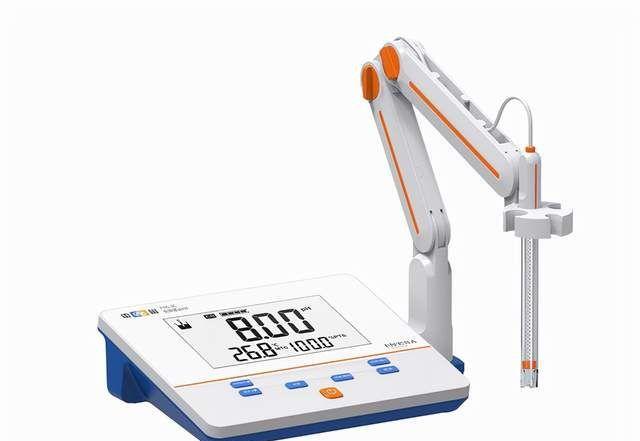The pH meter, also known as the acidity meter, is a common instrument for measuring the pH value of liquid solutions. Like many other instruments in the lab, pH meters are periodically "calibrated" before use to ensure the accuracy of the measurement data.

The most reliable way to determine whether the pH meter test is accurate or not is to use the pH standard buffer solution for verification. The verification method is as follows:
Take three standard buffer solutions with pH: pH 6.86, pH 4.00, and pH 9.18. The three solutions need to be at the same temperature, preferably freshly prepared, to avoid spoilage caused by environmental influences during long-term storage. Then the positioning calibration was performed with a pH 6.86 solution and the slope calibration was performed with a pH 4.00 solution. Finally, test the pH 9.18 solution with a pH meter, and if the measurement value is 9.18, it means that the pH meter is accurate.
If the measurement is inaccurate, it may be that the pH meter has failed. Souke Procurement Manager has sorted out the following common faults and solutions of pH meter for your reference:
1. The measurement data is inaccurate
Possible causes: There are many reasons for inaccurate measurement data, the biggest of which may be that the detection method is not compliant, or the temperature and slope adjustment points are not correct
Solution: Calibrate the instrument several times. Operate in strict accordance with the instructions for use and operating procedures to minimize the measurement error caused by labor, temperature, solution impurities and other reasons in the measurement process. If there is still a problem, it may be the fault of the instrument itself, and the manufacturer can be contacted to solve it after sales.
2. The pH meter shows that the number is unstable
Possible causes:
(1) The connection of the instrument components is unstable Solution: Re-insert the instrument
(2) Power supply voltage instability Solution: Use a regulated power supply
(3) Long-term use in a polluted environment leads to corrosion of the circuit board Solution: Replace the circuit board
(4) The op amp in the circuit board is burned out Solution: Replace the op amp
3. When testing with two standard solutions, they cannot be positioned on each other
Possible cause: The signal generator is inaccurate
Solution: Repair or replace the signal generator
4. Failure of temperature, slope or correction adjustment function
Possible cause: Damage to the potentiometer connected to the adjustment knob
Solution: Repair the potentiometer
5. The LED does not light up when the power is turned on
Possible causes: (1) THE INDICATOR IS BURNED OUT (2) THE FUSE IS BLOWN (3) THE TRANSFORMER BURNS OUT
Solution: First check whether the power supply voltage is stable, then check the indicator light, fuse, transformer in turn, if the component burns out, you need to replace the component (return to the factory for maintenance)